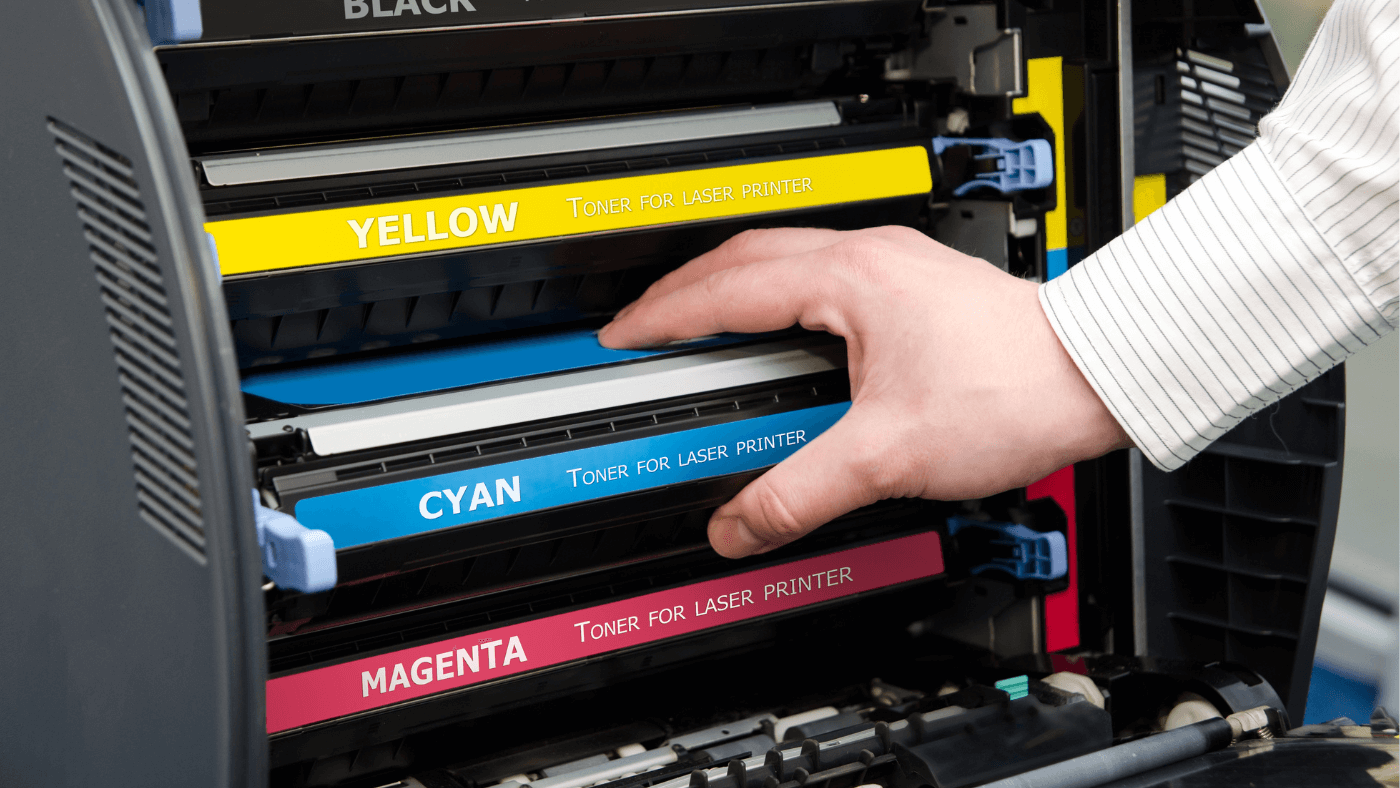Anyone who uses a printer, be it at home or in the office, knows how annoying it can be when the device doesn't work as expected. It is particularly frustrating when the printer does not print everything or only partially. This can result in lost hours of troubleshooting and productivity. But don't worry, many of these problems are solvable.
Understanding the basics of printer troubleshooting is the first step to effectively addressing common difficulties. Whether it's outdated printer drivers, empty ink cartridges, or simply incorrect print settings, there is a solution to almost every problem. In this article, we will focus on how to identify and resolve the most common challenges to get your printer working properly again.
By using proven strategies and a little patience, most printer problems can be solved without the need for professional help. Stay tuned to learn how you can take control of your printer problems yourself.
Check Printer Settings: A Key to Troubleshoot Printing Problems
Check Printer Settings: A Key to Troubleshooting Printing Problems An essential step in troubleshooting printing problems is checking the printer settings . It's often the simplest things that are overlooked, but they can be the cause of bigger problems. Here's how you should go about it:
Access to printer settings
The first step is to gain access to your computer or device's printer settings . This may vary depending on the operating system. On Windows, you can usually find the settings under “ Devices and Printers ” in Control Panel. On macOS, you can access them through " System Preferences " and then " Printers & Scanners ." Once you find your printer in the list, you can manage its settings by selecting it and clicking Settings or Manage .
Ensure correct settings
Once you have access to the printer settings , it is important to check a few key parameters:
Paper size and type: Make sure the paper size and type you intend to use is correctly selected in the printer menu.
Print quality : Too high a print quality can result in slower printing times and use more ink or toner than necessary. Adjusting to a standard quality can often be an efficient solution.
Color or black and white printing : Check that the right option is selected for your needs. Sometimes the printer is set to only print in black and white, which prevents color printing.
Double-Sided Printing ( Duplex ): If your document only prints on one side but you prefer two-sided printing, check whether the Duplex option is enabled. By adjusting these settings to your specific needs, you can ensure your printer delivers the best possible results. Small changes in the settings are often enough to achieve major improvements in the printing result .
Update printer driver: An essential step for error-free printing
Meaning of current printer drivers
Regularly updating your printer drivers is crucial to ensure a smooth and error-free printing experience . New versions of the drivers often contain bug fixes, performance improvements, and compatibility updates that can help resolve various printing issues . An outdated printer driver can cause malfunctions such as: B. incorrect printing, illegible printouts or even the printer failing.
Steps to update drivers
-
Identify your printer : Before you begin the update, make sure you know the exact model name and model number of your printer. This information can usually be found on the front or back of the device or in the user manual.
-
Visit the manufacturer website : Go to the official website of your printer manufacturer. There you will usually find a support or downloads section where you can download the latest drivers for your specific printer model.
-
Download and install drivers : Search for and download the latest drivers for your operating system. Make sure you select the correct version for your operating system, be it Windows, macOS or Linux. After the download is complete, run the installation file and follow the on-screen instructions to install the drivers.
-
Check functionality : After installing the new drivers, test your printer's functionality to make sure everything works as expected. Print a test page and check whether all functions work properly.
By regularly updating your printer drivers, you can ensure that your printer is functioning optimally and that you always receive high-quality prints.
Check ink and toner cartridges: Avoid printing failures
Importance of ink/toner levels
One of the most common causes of printing failures is low ink or toner levels in the cartridges. It is therefore crucial to regularly check the levels of your ink and toner cartridges to avoid unexpected interruptions in printing. An empty ink or toner tank can result in messy printouts, streaking, or even damaged printheads.
Instructions for replacing the cartridges
-
Check the level : Most modern printers have a display or feature that shows the current level of the ink or toner cartridges. Check this level regularly so that you can refill or replace it in a timely manner.
-
Get replacement cartridges : If the levels are low or the quality of prints is deteriorating, it's time to get new ink or toner cartridges . Be sure to purchase the correct cartridges for your printer model to avoid compatibility issues.
-
Replacing the cartridges : Turn off your printer and carefully open the case to access the ink or toner cartridges. Remove the empty cartridges and insert the new ones. Be careful to place them correctly and make sure they are secure.
-
Printer calibration : After replacing the cartridges, perform a calibration or cleaning of the printer according to the manufacturer's instructions to ensure everything is working properly.
By regularly checking and replacing your ink and toner cartridges on a timely basis, you can ensure that your printer is always ready for use and produces high-quality prints.
Printhead cleaning: solutions for a clear print image
Causes of clogged printheads
Clogged printheads are a common source of print quality problems. This can be caused by a variety of factors, including leaving the printer unused for a long time, using poor quality ink or toner cartridges, dust accumulation, or humidity. If the printheads are clogged, this can result in streaks, smudged printouts, or even omitted letters or images.
Performing print head cleaning
-
Check print quality : Before you begin cleaning the printheads , print a test page to identify the nature of the problems. This will help you determine whether the printheads actually need to be cleaned and whether the cleaning was successful.
-
Use the built-in cleaning feature : Many modern printers have built-in print head cleaning . Check your printer's user manual to find out how to access this feature. You can usually find them in the printer menu under Settings or in the printer properties on your computer.
-
Manual cleaning : If the built-in cleaning is not enough, you can also clean the printheads manually. For this you usually need cleaning fluid and cotton swabs. Gently apply some cleaning fluid to the cotton swab and use it to clean the print heads. Be careful not to apply too much pressure to avoid damage.
-
Repeat the process : More than one round of cleaning may be necessary to clear stubborn clogs. Repeat cleaning until the test prints are clear again.
By regularly cleaning your printheads, you can extend the life of your printer and ensure that your prints are always of the highest quality.
Loading paper correctly: common errors and how to fix them
Importance of the right paper
Choosing the right paper and loading it correctly are crucial for a smooth printing process and high-quality results. Using the wrong paper or loading it incorrectly can result in paper jams, skewing, or blurry printouts. It's important to choose the right paper for your printer and needs, be it plain paper, photo paper or card stock.
Troubleshoot paper issues
-
Choose the correct paper size : Make sure the paper size you select matches your printer's settings. For example, if you are using 8.5 x 11 inch paper, make sure your printer is set accordingly.
-
Remove jammed paper : If a paper jam occurs, turn off the printer and carefully remove the jammed paper. Be careful not to leave any paper residue in the printer as this may cause further problems.
-
Check the paper tray : Make sure the paper is properly loaded in the paper tray and is not bent or bent. Adjust the paper guides accordingly to ensure the paper feeds straight.
-
Clean the paper feeder : Dust and dirt can accumulate in the paper feeder and interfere with printing. Use a soft brush or compressed air to clean the paper feed and ensure the paper passes through smoothly.
By following these tips and loading paper properly, you can minimize paper jams and other paper problems and keep your printer running smoothly.
Conclusion: Restoration of printer functionality
Effectively maintaining and troubleshooting your printer is crucial to ensuring reliable, high-quality printing performance. By checking and adjusting important settings such as printer settings, updating printer drivers, checking ink and toner levels, cleaning printheads, and loading paper correctly, you can solve common printing problems and restore functionality to your printer.
By following these steps regularly and paying close attention to potential problems, you can extend the life of your printer and ensure that it always delivers optimal performance. Invest a little time in caring for your printer and you'll be rewarded with clear, crisp prints that exceed your expectations.



